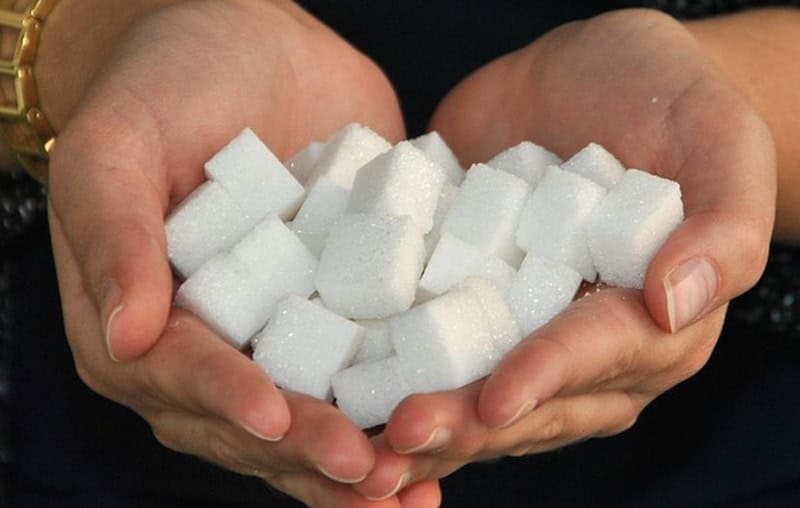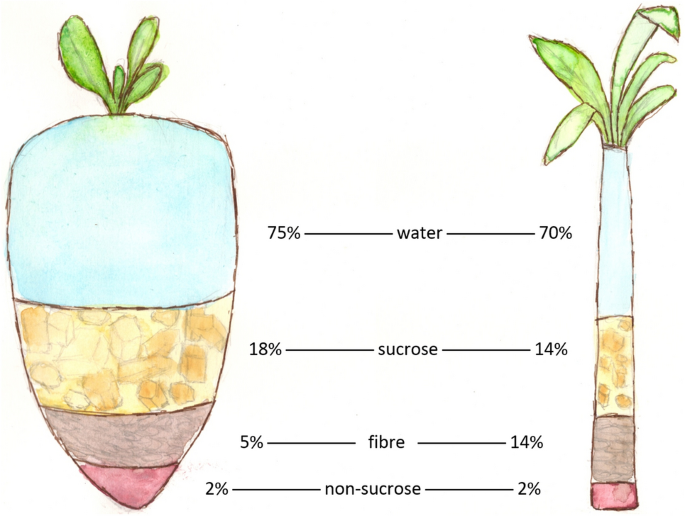When considering beet sugar vs cane sugar, some choose one for cooking while others select the alternative.
When considering beet sugar vs cane sugar, some choose one for cooking while others select the alternative.
Blog Article
Discover the Uses and Conveniences of Beet Sugar Vs Cane Sugar in Your Daily Diet Regimen
Exploring the distinctive high qualities of beet and cane sugar exposes greater than simply their sweetening capabilities; it highlights their unique effect on health and wellness and cookeries. Beet sugar, known for its subtle flavor, is usually preferred in fragile treats, whereas cane sugar, with its tip of molasses, includes richness to robust dishes. Each type holds its own nutritional profile and glycemic implications, inviting a deeper understanding of their roles in a balanced diet and sustainable consumption practices.
Beginning and Manufacturing Procedures of Beet and Cane Sugar

The distinctive climates and dirt kinds required for growing sugar beets and sugarcane add to distinctions in their growing techniques and geographic distribution, influencing the economics and sustainability of their manufacturing. beet sugar vs cane sugar.
Nutritional Contrast In Between Beet Sugar and Cane Sugar
Regardless of originating from various plants, beet sugar and cane sugar are nutritionally really similar, both mainly containing sucrose. Each supplies concerning 4 calories per gram, equating to roughly 16 calories per tsp. Structurally, both sugars are composed of approximately 99.95% sucrose, with marginal amounts of various other compounds like dampness and trace minerals, which do not significantly modify their nutritional accounts.

Inevitably, when selecting in between beet sugar and cane sugar based on dietary content alone, both offer the same benefits and disadvantages as they are basically forms of the exact same particle-- sucrose, offering fast power without other nutrients.
Effect on Wellness: Glycemic Index and Caloric Content
Exploring additionally right into the impacts of beet sugar and cane sugar on wellness, it is necessary to consider their glycemic index and calorie content. Both sugars are identified as sucrose, which contains glucose and fructose. This composition leads additional resources them to have a similar effect on blood sugar levels. The glycemic index (GI) of both beet and cane sugar is around 65, categorizing them as high-GI foods, which can cause quick spikes in blood sugar levels. This is original site a vital element for individuals managing diabetes or those trying to maintain their energy levels throughout the day.
Each kind of sugar consists of about 4 calories per gram, making their caloric web content equivalent. For those keeping track of caloric consumption, especially when managing weight or metabolic wellness conditions, understanding this equivalence is essential (beet sugar vs cane sugar). Excessive intake of any type of high-calorie, high-GI food can add to health and wellness issues such as excessive weight, heart illness, and insulin resistance.
Environmental and Economic Factors To Consider of Sugar Production
Beyond health effects, the production of beet and cane sugar additionally raises substantial environmental and financial concerns. Sugar beet growing tends to require cooler environments and has a lower geographical impact contrasted to sugar cane, which flourishes in exotic regions. Nevertheless, both crops are extensive in regards to water usage and land line of work, potentially causing deforestation and water shortage. Financially, the global sugar market is extremely unpredictable, affected by changes in international trade plans and aids. Many countries incentivize sugar manufacturing via financial support, skewing market costs and affecting small farmers adversely.
Additionally, making use of chemicals and fertilizers in both beet and cane sugar farming can lead to soil degradation and contamination, more influencing biodiversity and neighborhood water bodies (beet sugar vs cane sugar). The selection in between growing sugar beet or cane frequently depends upon regional ecological problems and financial aspects, making the sustainability of sugar manufacturing a complicated problem
Culinary Applications and Flavor Differences
While the environmental and financial elements of sugar production are without a doubt substantial, the option between beet and cane sugar additionally influences cooking applications and flavor accounts. Beet sugar, obtained from the sugar beet plant, is understood for its extremely neutral taste.
Cane sugar, removed from sugarcane, commonly keeps official site molasses traces, which present an unique splendor and deepness. This slight molasses taste enhances the intricacy of baked goods, sauces, and marinates. It is particularly favored in things where a caramel touch is desired, such as in brownies or gingerbread. The slight variation in dampness content between beet and cane sugar can influence the structure and consistency of meals, making cane sugar a favored option for certain dishes that benefit from its distinct buildings.

Final Thought
To conclude, both beet and cane sugar have unique origins and manufacturing procedures, using similar nutritional profiles with slight distinctions in salt material and flavor. While their effect on wellness, especially relating to glycemic index and calories, is comparable, the selection in between them commonly comes down to environmental, financial elements, and specific cooking requirements. Understanding these facets can assist consumers in making informed choices that align with their wellness goals and flavor choices.
Report this page